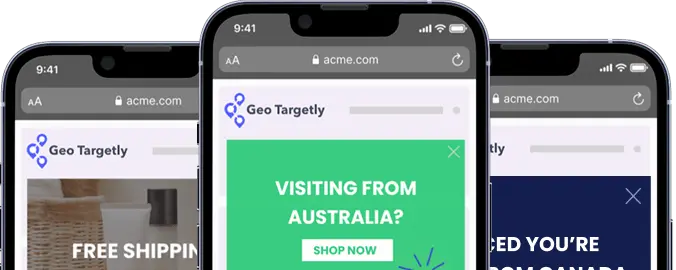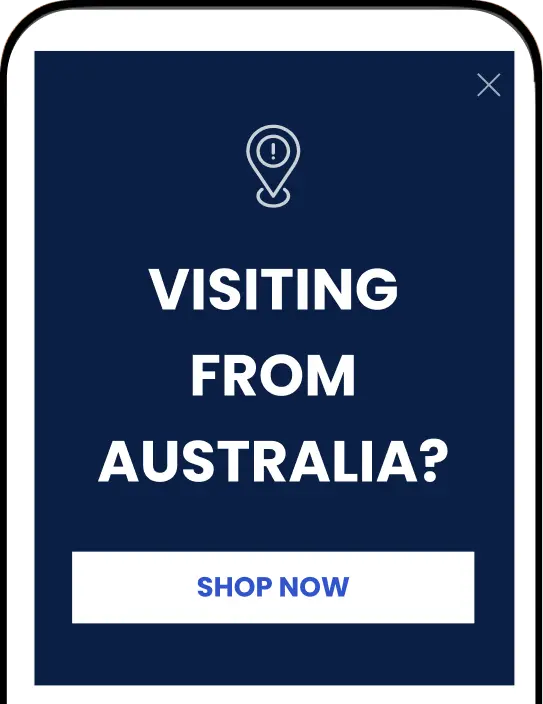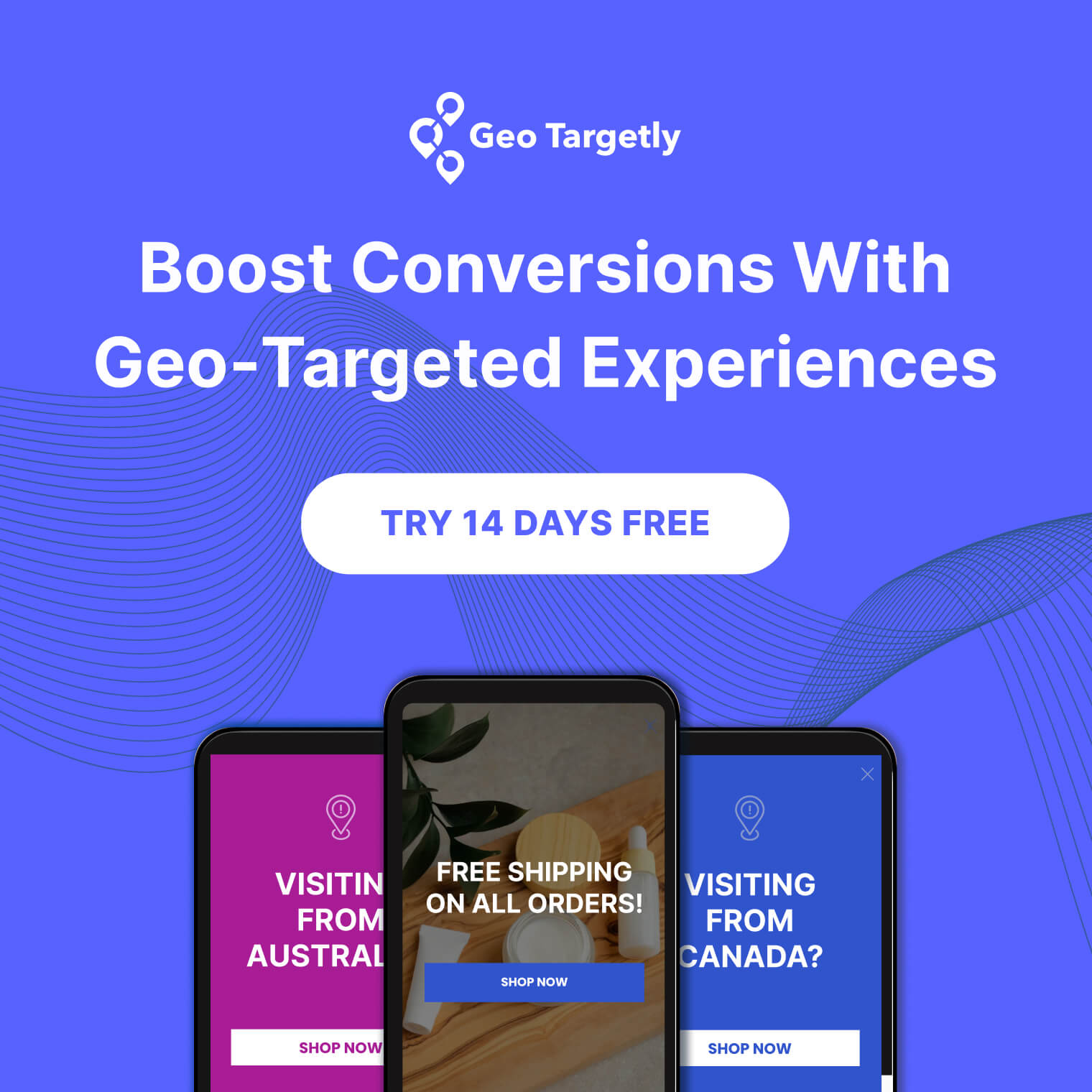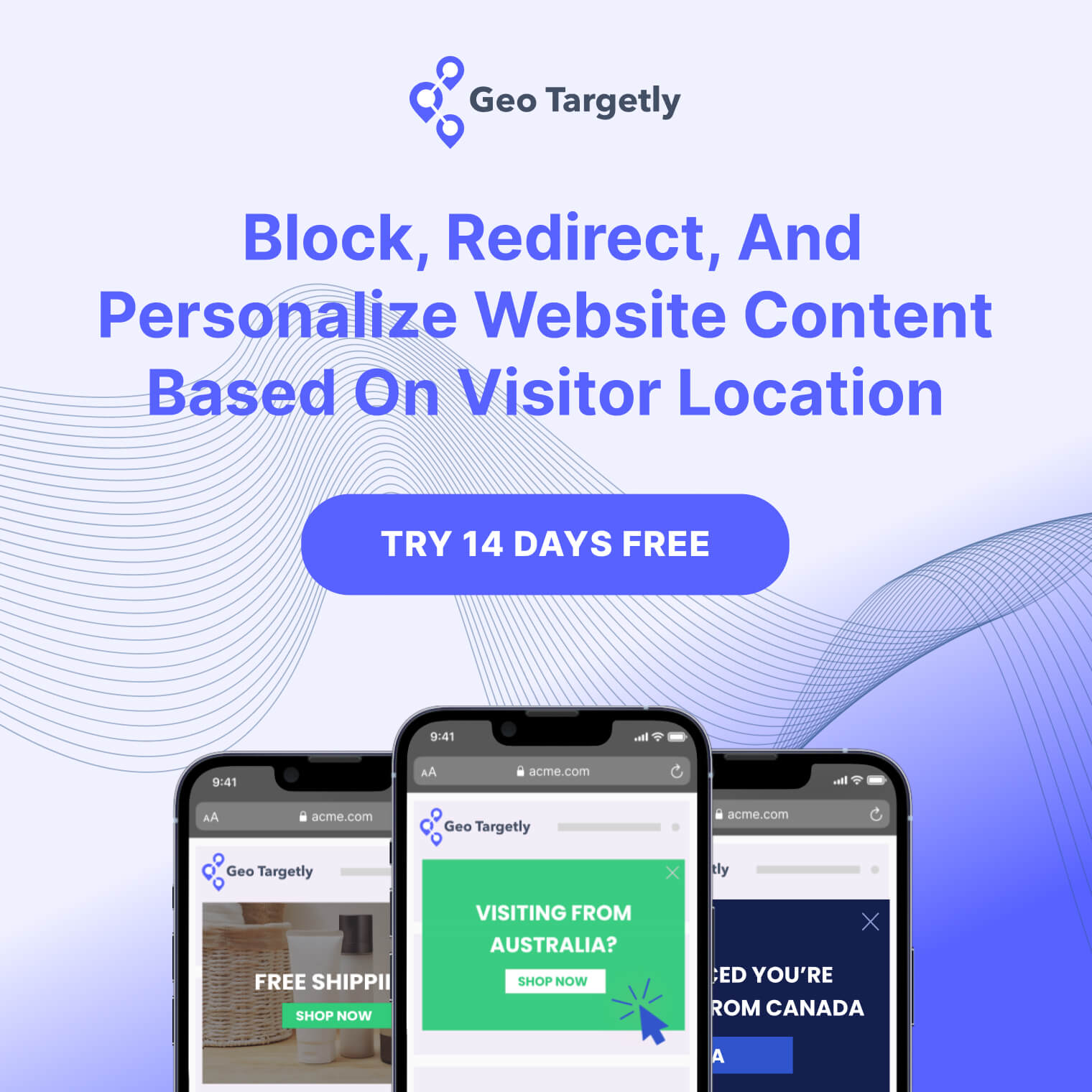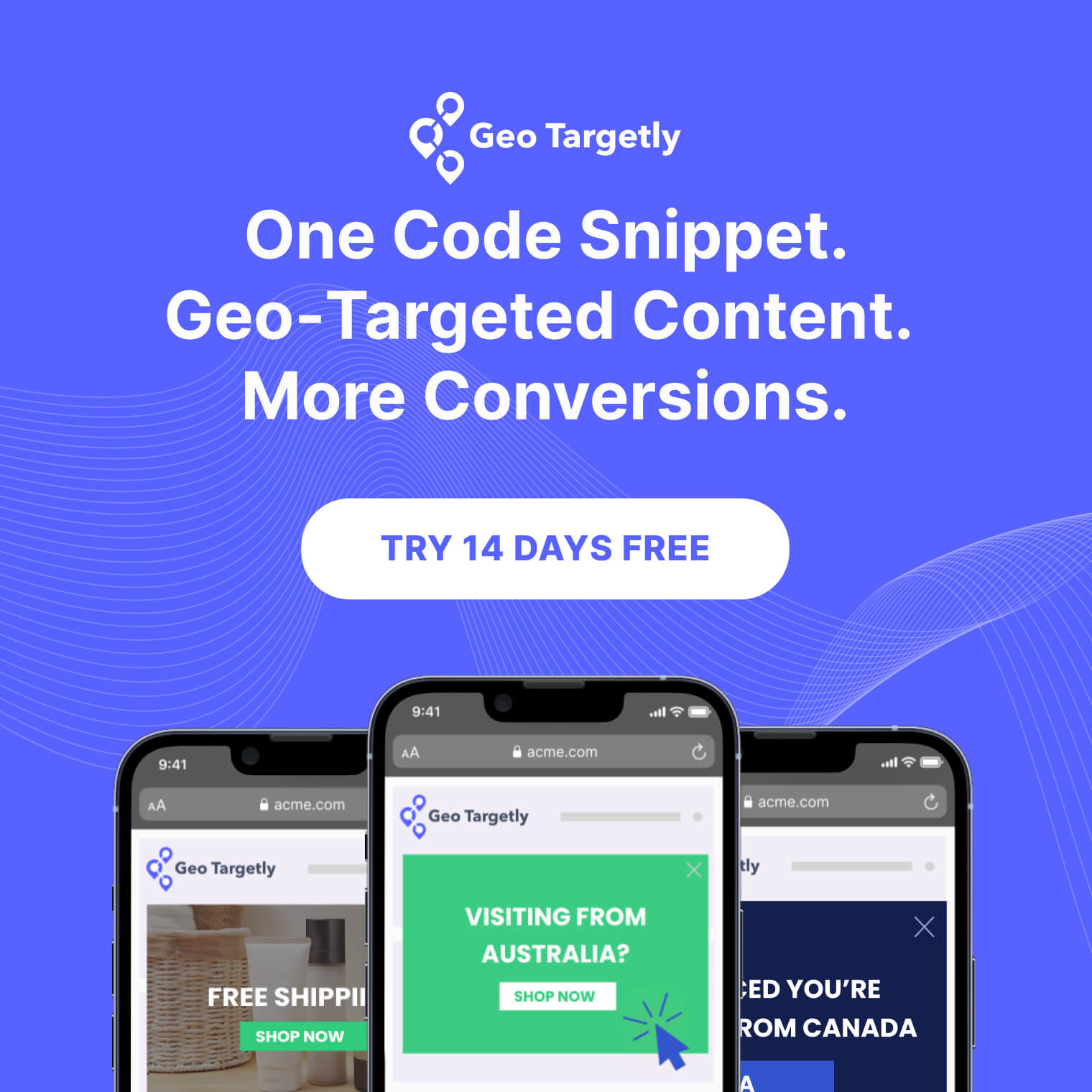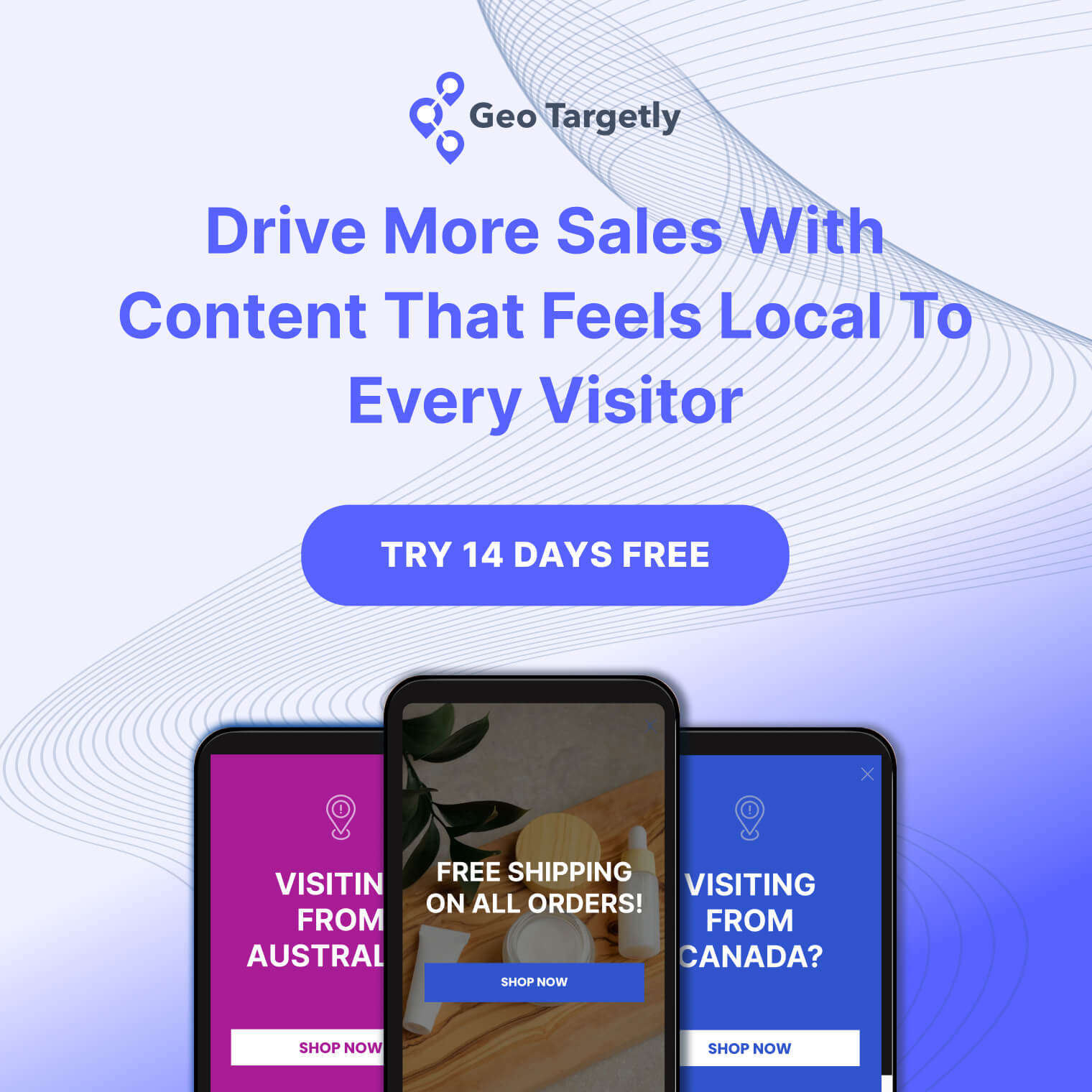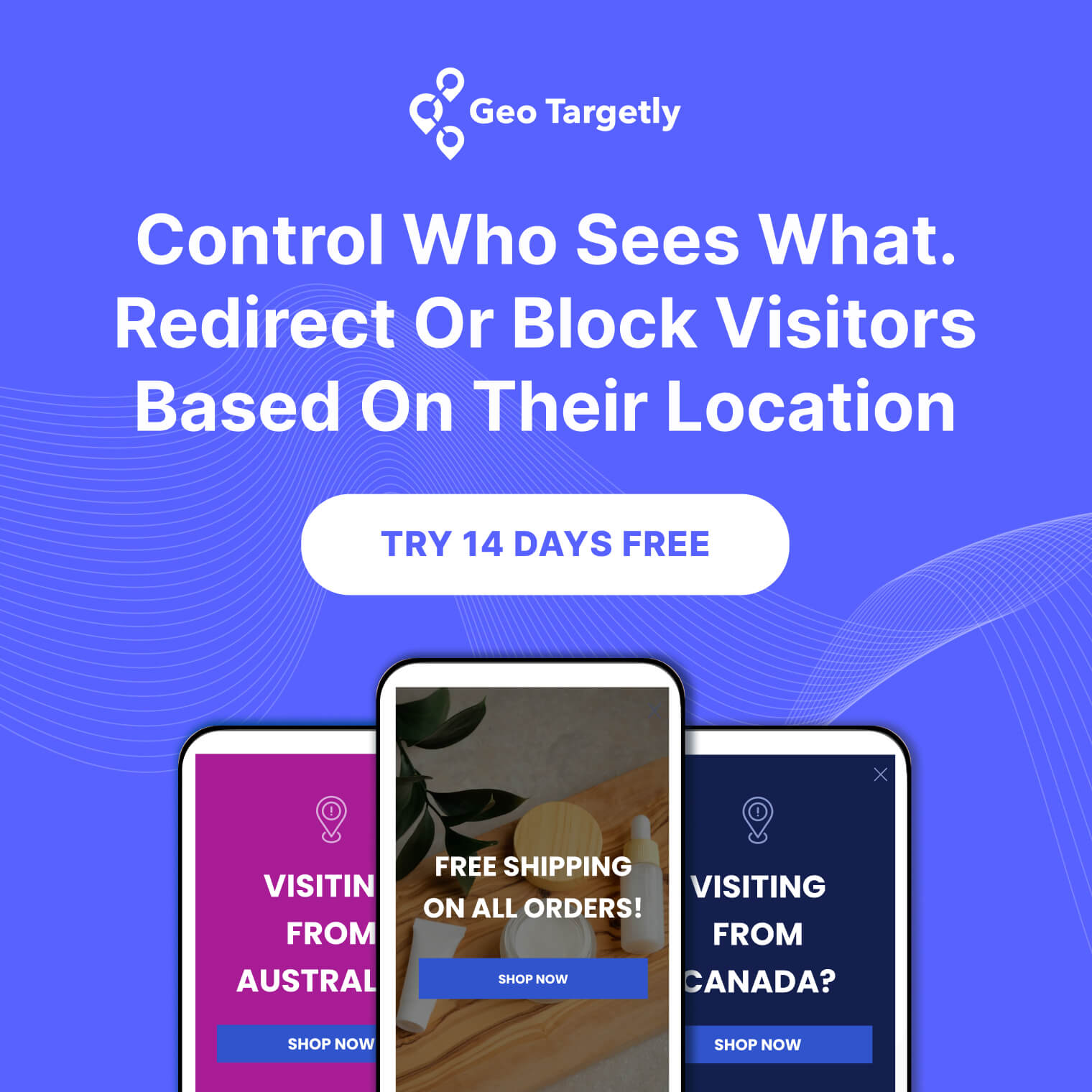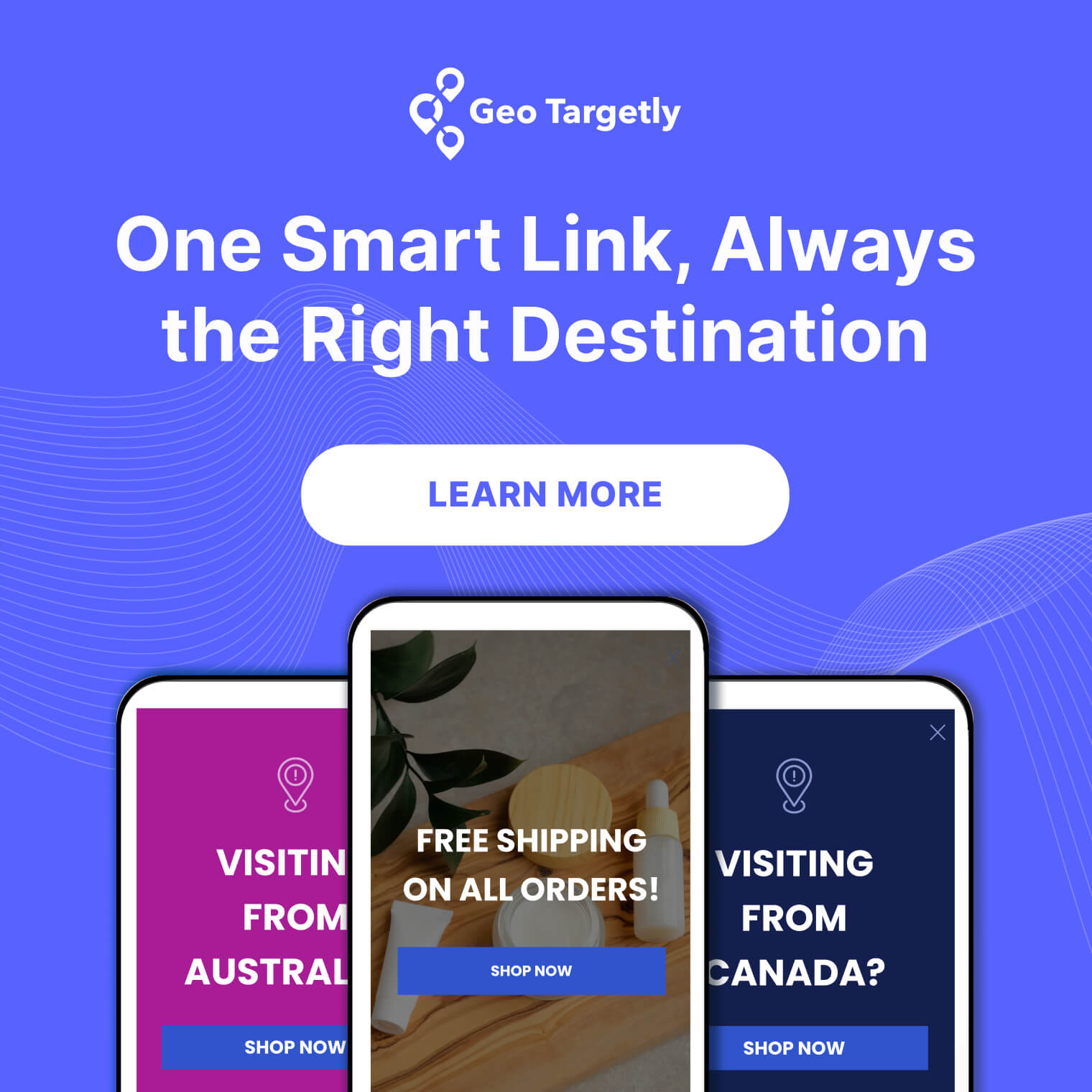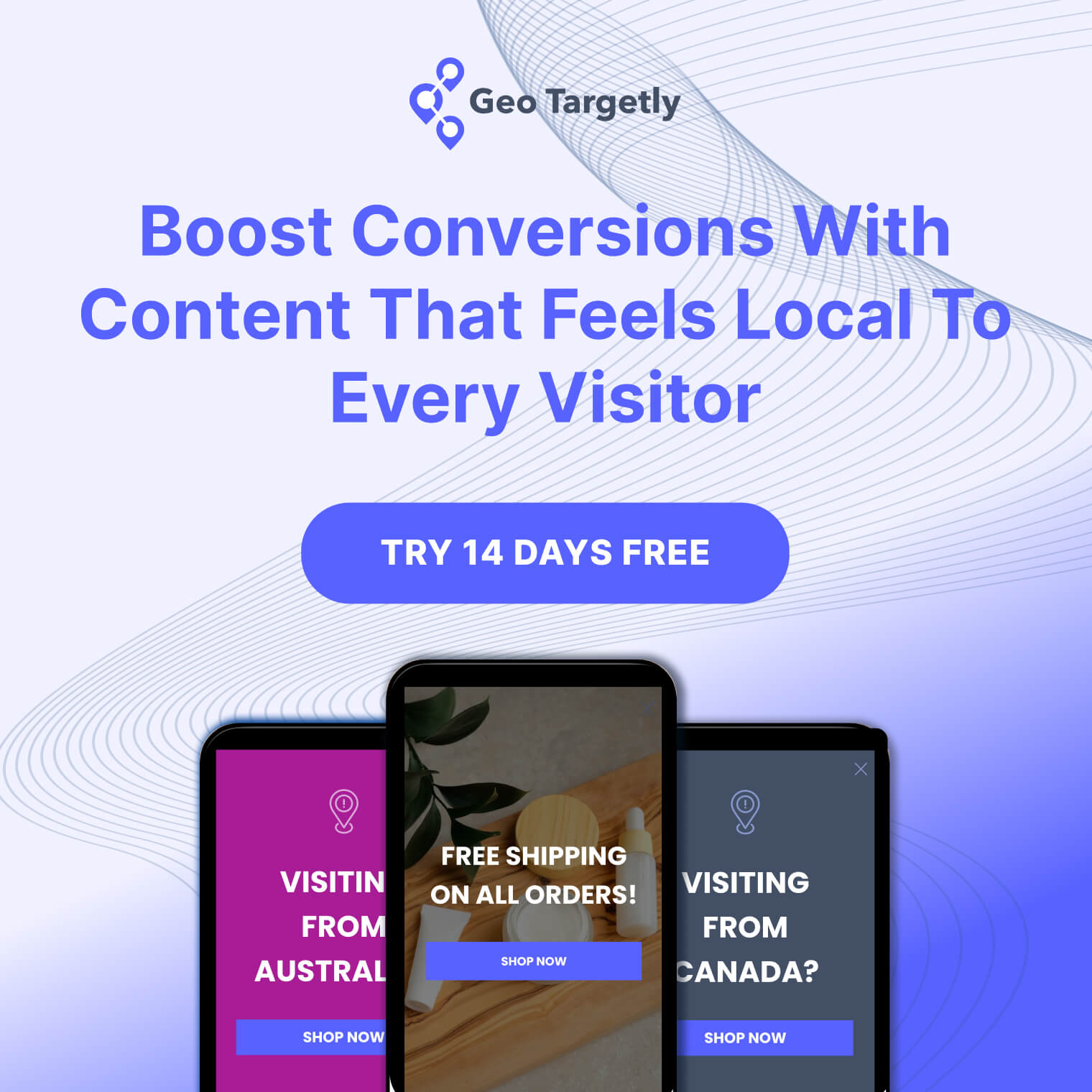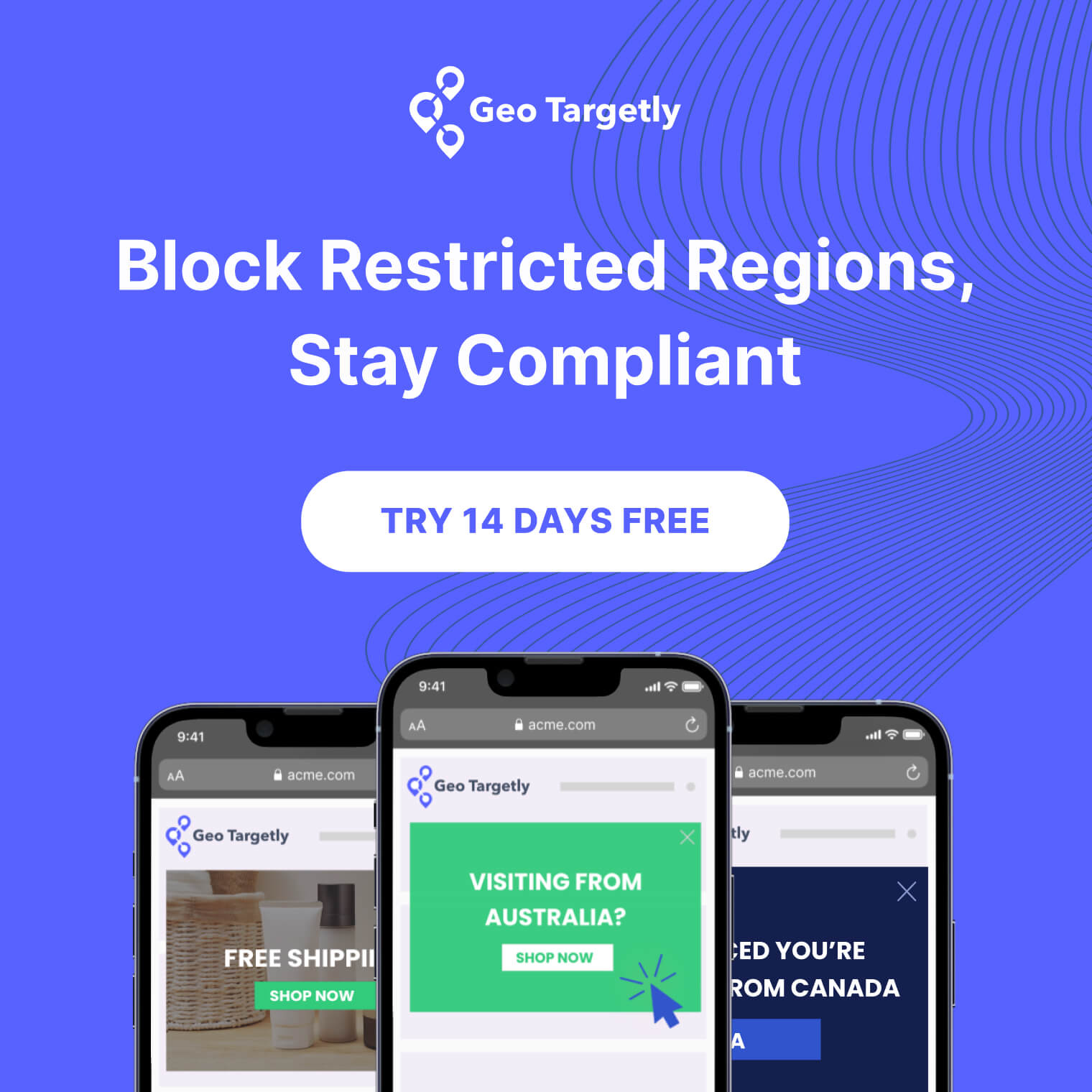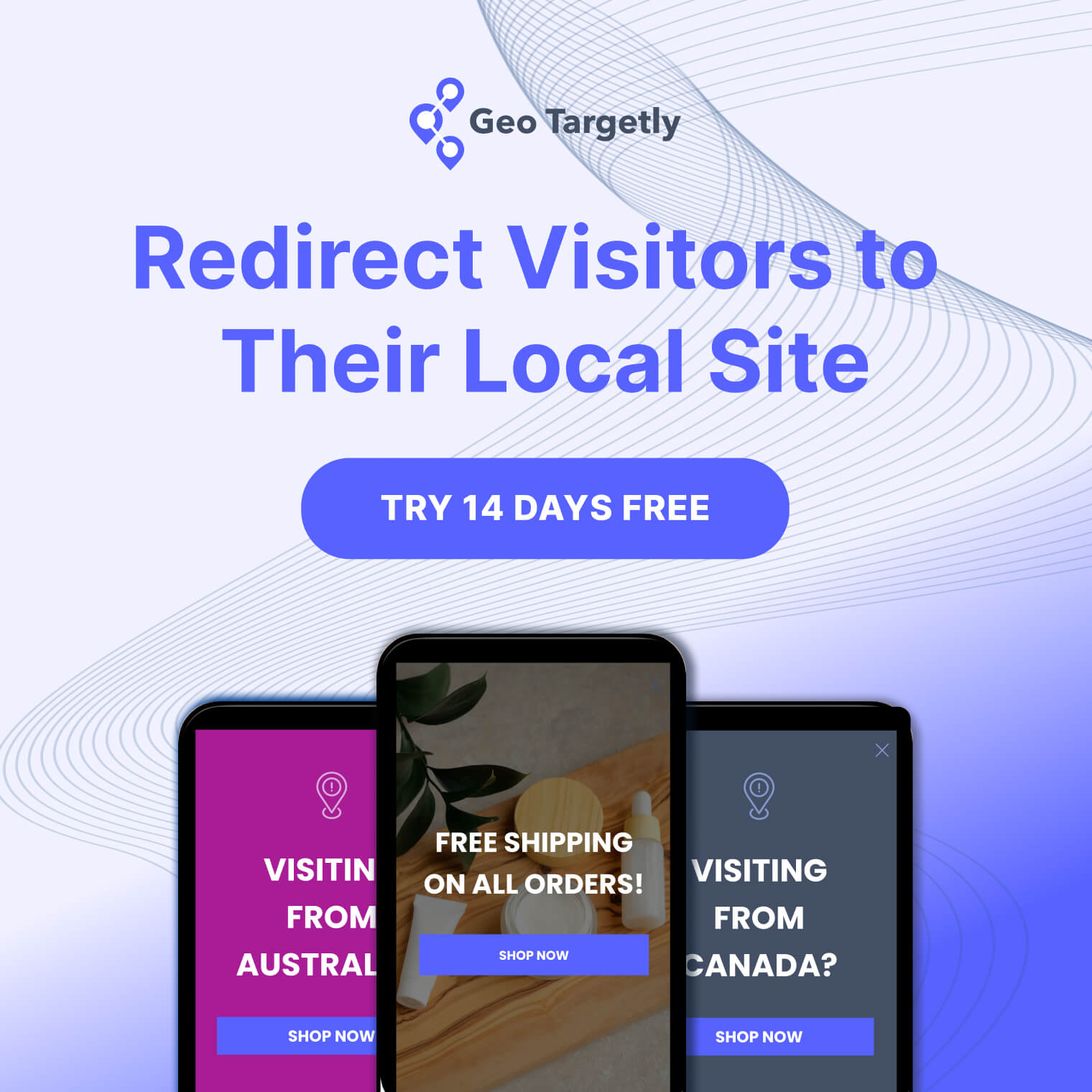

Businesses today are leveraging location-based strategies more than ever before. Two key techniques in this area are geolocation and geofencing. While both aim to engage users based on their geographical location, they differ significantly in their approach and application.
Geolocation identifies the physical location of a user, providing continuous data for personalized content delivery and navigation, while geofencing creates virtual boundaries, triggering specific actions when a user enters or exits a defined area.
Understanding these differences can help businesses optimize their marketing efforts and deliver more personalized experiences to their audiences.
What is geolocation
.png)
Geolocation refers to the process of identifying the physical location of a user or device using data from sources like GPS, Wi-Fi networks, IP addresses, and cell towers. This technology is embedded in various devices, from smartphones and tablets to laptops and desktops, enabling applications and websites to determine where a user is located.
For example, tech giant Apple uses geolocation in its Find My app, allowing users to locate their devices and friends' devices with precision. Uber also uses geolocation to match riders with nearby drivers and provide accurate ETAs.
Geolocation’s main purpose and advantages
The primary purpose of geolocation is to provide services and content that are relevant to the user's current location. By leveraging geolocation, businesses can improve both user experience and operational efficiency.
Here are some key advantages of geolocation:
- Personalized User Experience: Geolocation allows businesses to tailor content based on where the user is. For example, a travel app can suggest nearby attractions or a retail app can display local store deals.
- Improved Search Results: Search engines use geolocation to deliver more accurate and relevant search results. When users search for "restaurants near me," geolocation ensures they receive results for eateries in their immediate vicinity.
- Targeted Advertising: Marketers can create campaigns that target users in specific locations. This precision ensures that advertisements are shown to people who are more likely to be interested in the offer, increasing conversion rates in the process. For example, a local coffee shop can target ads to people within a 5-mile radius. Learn more from our geolocation advertising guide.
- Enhanced Security: Geolocation can also enhance security measures. Banks and financial institutions use location data to detect and prevent fraudulent transactions by verifying whether a transaction's location matches the user's typical behavior patterns.
- Efficient Navigation and Mapping: Navigation apps rely on geolocation to provide real-time directions, traffic updates, and estimated arrival times, making travel more convenient and efficient. For example, medical couriers use this navigation and mapping data to ensure timely and efficient delivery of vital medical supplies.
What is geofencing
.png)
Geofencing involves creating a virtual boundary around a specific geographical area. When a device enters or exits this predefined area, the geofencing software triggers a response, such as sending a notification, alert, or ad. This technology combines GPS, RFID, Wi-Fi, or cellular data to establish the virtual perimeter.
Starbucks uses geofencing to send push notifications about special promotions to customers who are near one of their stores. Similarly, event organizers at large venues like Coachella use geofencing to provide attendees with real-time updates and special offers.
Geofencing’s main purpose and advantages
The main purpose of geofencing is to engage users when they enter or leave a specific area. Using this technology, businesses can create highly localized and contextually relevant interactions with their audience.
Here are some key advantages:
- Localized Marketing Campaigns: Geofencing allows businesses to send targeted messages to users within a specific geographic boundary. Retailers can send special offers to customers as they approach a store, encouraging immediate visits and purchases.
- Event Engagement: Event organizers use geofencing to enhance attendee experiences. For example, at a music festival, geofencing can send notifications about stage schedules, artist information, or exclusive promotions as attendees move around the venue.
- Workforce Management: Companies use geofencing to monitor employee locations, ensuring they are within designated work areas. This is particularly useful for field services, delivery services, and remote work scenarios, helping improve productivity and accountability.
- Enhanced Customer Interaction: Geofencing can trigger customer interactions at key locations. For example, museums can provide audio guides or additional information about exhibits when visitors enter specific zones.
- Safety and Compliance: Geofencing is used in industries like healthcare and construction to enhance safety and compliance. It can alert supervisors when employees enter hazardous areas or when equipment moves out of designated zones to ensure safety protocols are followed.
Geolocation vs Geofencing
While geolocation and geofencing both leverage geographical data to enhance user engagement and experience, they do so in distinct ways, each with unique applications and benefits.
.png)
- Scope and Precision: Geolocation provides a broad understanding of where a user is, typically to the city or street level, depending on the technology used. In contrast, geofencing is more precise, defining exact boundaries where specific actions are triggered.
- Use Cases: Geolocation is ideal for applications requiring ongoing location data, such as navigation apps, local search optimization, and personalized content delivery. Geofencing, however, is better suited for scenarios where specific location-based triggers are needed, like sending promotions as users near a store or ensuring employees stay within designated work zones.
- Technology and Implementation: Geolocation uses GPS, Wi-Fi, and cellular data to determine a user's location and can function continuously in the background. Geofencing requires setting up virtual boundaries using GPS or RFID, and it activates when a device crosses these boundaries, making it more event-driven.
- User Interaction: Geolocation enhances user interaction by providing relevant information based on their location. Geofencing directly engages users through notifications or actions triggered by entering or exiting a defined area, making interactions more immediate and context-specific.
- Marketing Strategies: For marketers, geolocation offers the ability to continuously target users with location-based content and ads. Geofencing, on the other hand, allows for highly targeted campaigns that activate at specific locations, potentially leading to higher engagement rates due to the immediacy and relevance of the message.
- Privacy Considerations: Both technologies raise privacy concerns, but their implications differ. Geolocation tracking continuously collects user data, which can be seen as intrusive. Geofencing, while still collecting data, does so only when users enter or exit predefined zones, potentially offering a less invasive approach.
Both geolocation and geofencing provide powerful tools for enhancing user engagement through location-based strategies.
Businesses should consider their specific needs and objectives when choosing between these technologies. Geolocation is excellent for providing ongoing, relevant content based on user location, while geofencing is ideal for triggering specific actions at precise locations.
By understanding the strengths of each, businesses can create more effective and engaging marketing campaigns, improve customer experiences, and optimize operational efficiencies.





.webp)



